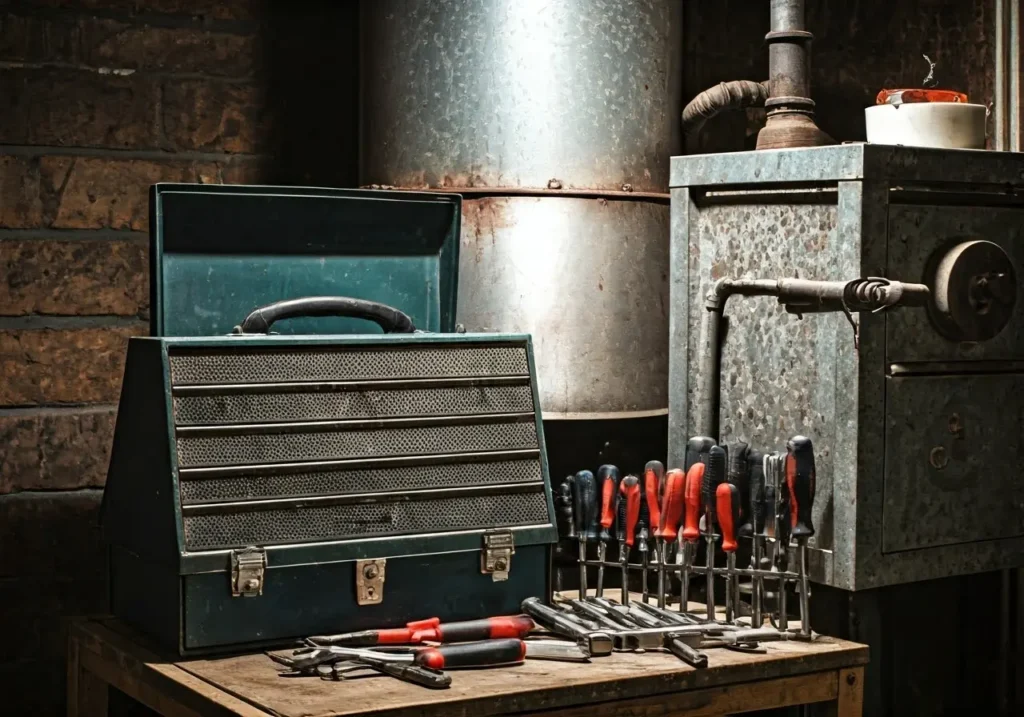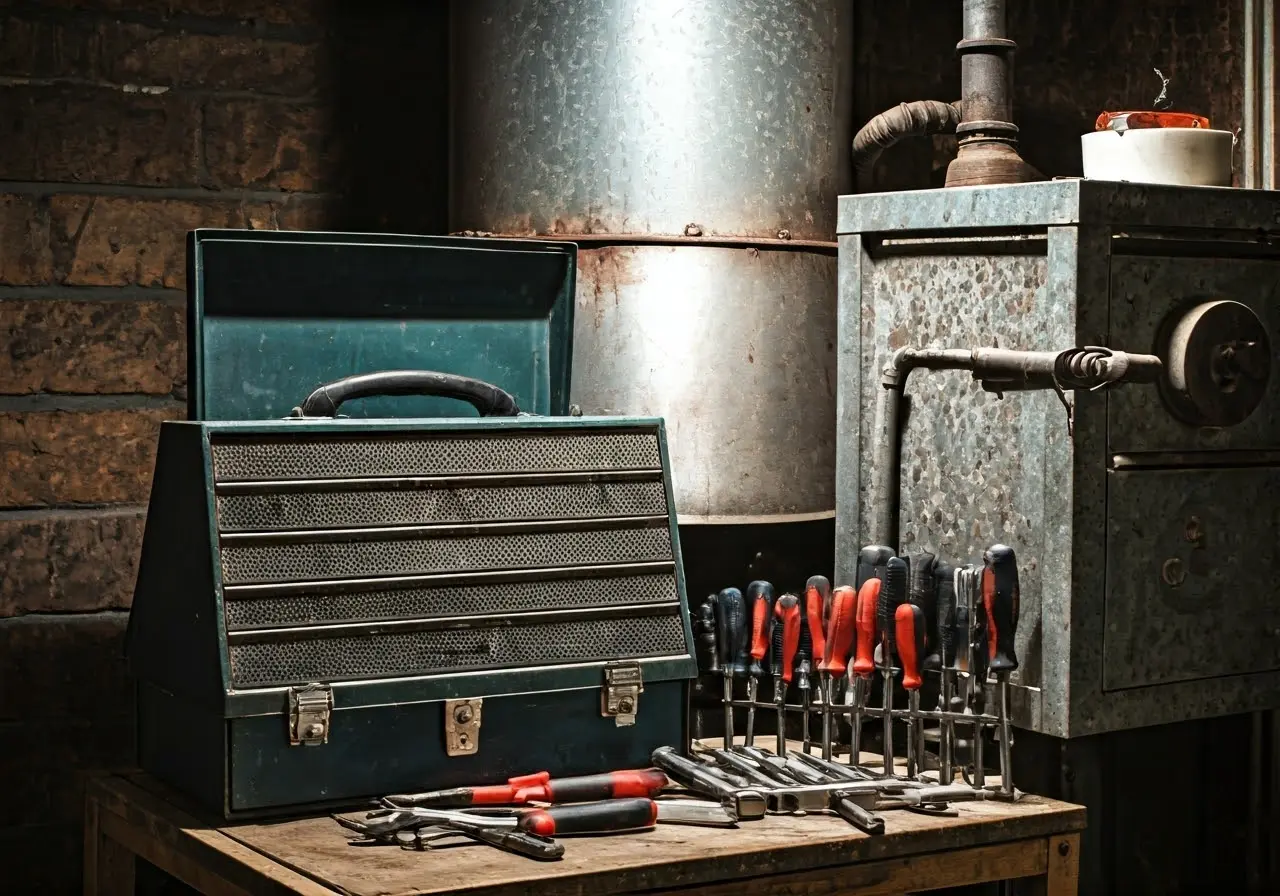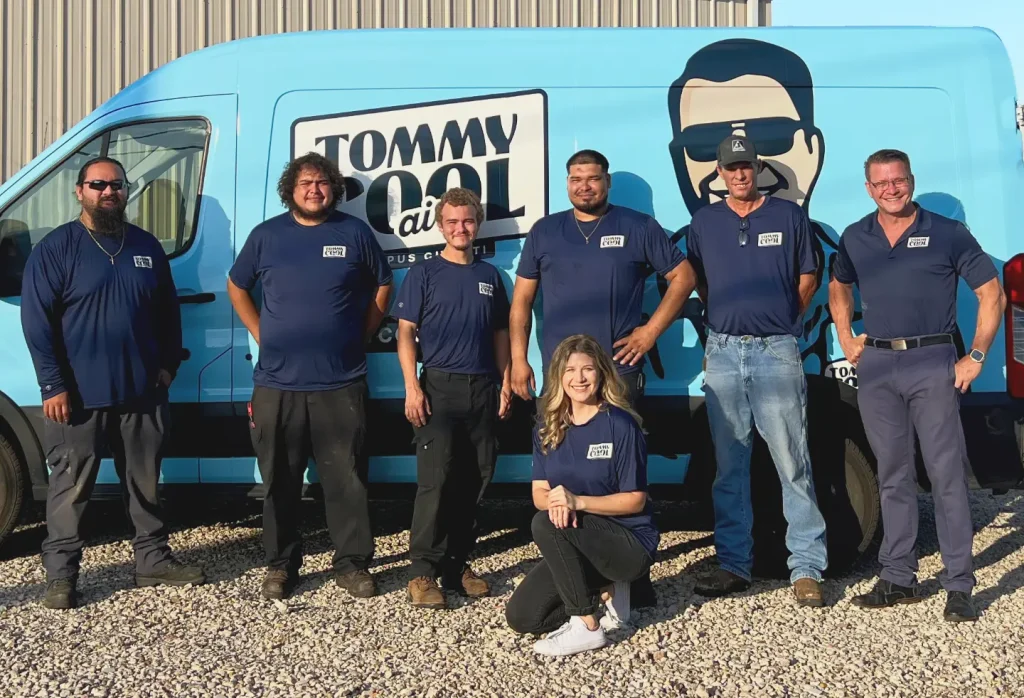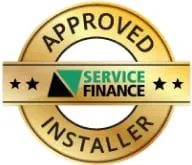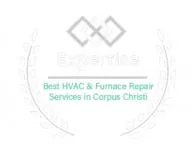Furnaces are essential for keeping your home warm, especially during the cold months. However, when they malfunction, the panic sets in about how to fix it and the potential cost of repairs. Before you reach out for emergency furnace repair, though, there are several simple steps you can try yourself. These troubleshooting steps won’t require technical skills; they’ll save you time, stress, and possibly money.
1. Start with Safety Precautions
Before you start any troubleshooting, ensure your safety. Turn off the furnace and disconnect its power supply. Check for any gas smell and if detected, evacuate your home immediately and call the authorities.
Safety is the foundation for any DIY repair task. Always prioritize it to prevent any unexpected mishaps. Make it a habit to have a fire extinguisher nearby and familiarize yourself with the furnace shut-off procedure. Having a home fire safety plan in place can make a significant difference in ensuring everyone’s safety during emergencies.
2. Check the Thermostat
Ensure that your thermostat is set to the correct temperature. Sometimes, a simple reset or battery replacement can solve the problem.
If your thermostat screen is blank, it might just be an issue of dead batteries. Replace them and check again. Remember to set the thermostat to a temperature higher than the room’s current temperature to activate the furnace. For more about basic thermostat issues and fixes, read our comprehensive guide on homeowner’s checklists.
3. Give It a Clean
Dust and debris can accumulate in your furnace, potentially causing it to function improperly. Regular cleaning of the furnace interior, fan, and blower motor can prevent these issues.
A dusty furnace not only impacts efficiency but can also become a fire risk. Set a routine to dust the area surrounding your furnace monthly. Additionally, check for any blockages or obstructions in the vents. Maintaining cleanliness helps ensure your system runs smoothly and efficiently.
4. Inspect the Air Filter
A dirty air filter can restrict airflow and affect furnace performance. Replace clogged filters to improve efficiency and air quality.
Changing your air filter regularly can extend the life of your furnace and improve indoor air quality. Especially if you have pets or allergies, a clogged filter can block airflow, making your system work harder than it needs to. Consider setting a reminder to check and replace filters every 1-3 months.
5. Examine the Circuit Breaker
Check if the circuit breaker is tripped. If it is, reset it and monitor the furnace for any further issues.
Sometimes a simple reset is all that’s needed to get things back on track. Be mindful that frequent trips might indicate a more serious underlying electrical issue. If a reset doesn’t resolve the problem definitively, it might be time to consult with a professional.
6. Inspect the Pilot Light or Ignition
If your furnace uses a pilot light, make sure it’s lit. For newer models with electronic ignition, ensure it’s functioning correctly.
A faint or discolored pilot light can denote other issues like a lack of oxygen. Always ensure it burns blue; otherwise, it might be indicative of a carbon monoxide risk. Refer to your manufacturer’s guide for safe and efficient relighting procedures.
7. Test the Flame Sensor
A faulty flame sensor can prevent your furnace from starting. Cleaning the sensor gently with a soft brush can sometimes solve the issue.
A dusty flame sensor might not detect the heat from the flames and mistakenly think there’s a problem. Make it a point to have this component checked annually, especially before the colder months roll in. Replacing this inexpensive part as it wears out could prevent bigger issues down the line.
8. Look for Blockages
Ensure that no vents or ducts are blocked, as this can impede airflow and reduce furnace efficacy.
9. Listen for Unusual Noises
Strange sounds can signal mechanical problems. Listen for any hissing, banging, or clanking and note them when contacting a professional.
Unusual noises could be a cry for help from your furnace. Anything from a loose part to a failing motor could result in noises that you should address promptly. Document when these noises occur to help professionals assess the situation quickly.
10. Inspect the Heat Exchanger
Look for cracks or signs of wear and tear on the heat exchanger, as a compromised one could lead to serious issues.
11. Check for Water Leaks
Water pooling around your furnace might indicate a condensation line or internal component issue. Addressing leaks promptly can prevent more significant damage.
12. Examine the Blower Motor
Ensure the blower motor is working by observing its operation and listening for unusual sounds.
13. Evaluate the Gas Supply
Check if the gas valve is open and the supply is consistent. A disrupted supply could hinder furnace operation.
14. Look for Wiring Issues
Inspect wires and connections for any signs of damage, disconnects, or corrosion. Troubleshooting bad connections can be straightforward but should be done with caution.
15. Consider Time for Professional Help
If none of these DIY steps solve the issue, it might be time to call for professional emergency furnace repair. They have the expertise and tools to handle more complex problems with efficiency and safety. For more detailed assessments, consider reaching out to Genz-Ryan’s experienced technicians.

